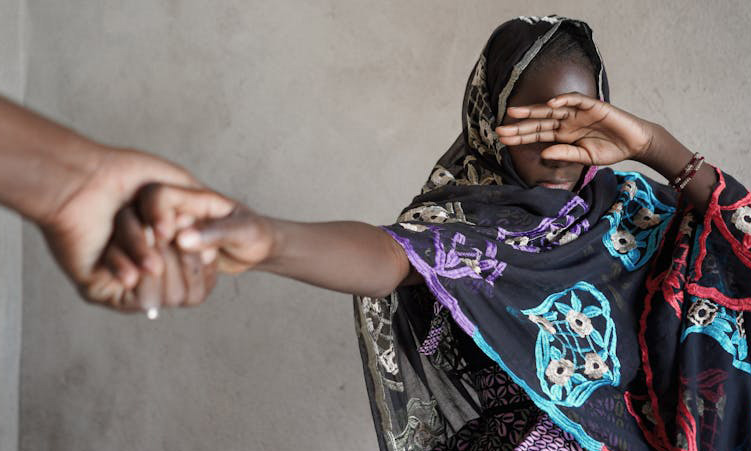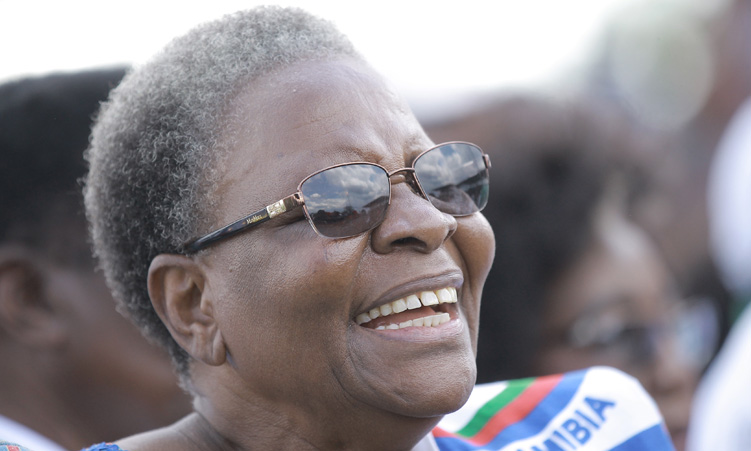THE northwestern town of Opuwo in the Kunene region is a hive of cultural diversity which is evident in the different tribes’ dress codes as they roam the streets freely and proudly.
A walk down the main street can be described as a fashion show themed ‘My Culture’. Contrary to popular belief, Opuwo is not only home to the largely marginalised Ovahimba people. The town and surrounding settlements are also occupied by the Ovadhimba, Ovahakaona and Ovazemba people.
Unlike the Ovahimba people, the other three tribes are believed to have migrated from the southern part of Angola.
The minute you hear the word Himba, the colour red and animal skin comes to mind.
This is because the Ovahimba people, especially the women, are known for covering their entire body, as well as their accessories, with a red powder which is mixed with animal fat.
They also use this mixture for their hair.
The Ovadhimba and Ovahakaona, although not using the same red powder, also have certain mixture they apply to their hair and some neck jewellery.
“The black mixture we use for our hair is called the oronduze,” Kauwezerwa of the Omuhakaona said.
While box braids, the Brazilian weave and silver or gold body chains may be the western way of accessorising and making sure you look good, the four tribes from Opuwo also have their own way of looking great every time they step out.
“Looking good is a very important part of our traditional attire, especially for the young ladies. That is why you will see we always wear colourful beads and bracelets,” Kauwezerwa told .
With all four tribes, styling hair is a very important part of looking good. With the introduction of modern shops like Pep in the town, the Ovahimba people use plastic extensions when they style their red locks.
As for the Omuhakaona ladies, they boast an all natural twist.
They use traditional oronduze which is made from otjihemba – a mixture of different herbs.
“You can either mix the otjihemba with Vaseline or with animal fat,” Kauwezerwa said.
She went on to explain that because the mixture is made of natural herbs, it makes their hair grow fast.
The twists and thick fringes are adorned with colourful beads with yellow, red, blue and green dominating.
If ever you wondered where body chains originated from, wonder no more.
The Omuhakaona ladies adorn their bodies with colourful body chains across their chests and around their waists. An ensemble of colourful and attractive fabrics make a beautiful skirt for both the Omuhakaona and Omudhimba women.
For the Omuhimba women, it is all about the swing of their beautifully treated brownish-red skirt.
The Dhimba women wear bras with their skirts while the Omuhakaona and Omudhimba choose to go braless.
“You can use this if you want your hair to grow as long as mine,” said Kauwezerwa as she showed off her long twisted locks.
From hair products to skin and make-up, the Kunene is rich with traditional products that can save you a trip or two to the pharmacy or to the beautician.
Readers are however advised to consult with a dermatologist before using the products as with other skin and beauty product.
The red pigment you see all over the Ovahimba women is from a paste called otjize. It is a mixture of ochre, animal fat and sometimes myrrh.
Ochre, which is a natural earth pigment, is believed to contain hydrated iron oxide.
Elizabeth Andreas, who sells otjize and other traditional products, explained that ochre is made from rocks from the mountains around Opuwo. The rocks are ground and turned into a powder which is then mixed with animal fat by the Ovahimba people and applied on their bodies.
She said that anybody can use the powder and just substitute the animal fat with either Vaseline or body oil.
Stay informed with The Namibian – your source for credible journalism. Get in-depth reporting and opinions for
only N$85 a month. Invest in journalism, invest in democracy –
Subscribe Now!






